Coaching for Progress, Not Perfection
In this blog post, we discuss why coaching to an idealized model can limit progress, and how skillful coaches to it instead.
New Coaches Start by Learning the ‘Right Way’
New fitness coaches often start their education by learning idealized models of position, movement mechanics, and range of motion (ROM). This is instructive and helpful for starting coaches to develop a framework on how to teach sound movement, identify flaws or inefficiencies, and approach correction. Beginner coaches learn and discern these simple, idealized fundamentals.
But this Approach Runs into Problems
Coaches (and athletes) run into problems when applying standardized, ideal forms in actual practice, such as in coaching or designing a workout routine for beginners. Coaches early on in their development often cling to what they understand movement is "supposed" to look like; this is natural and even expected, given inexperience and the limitations of their framework.
This manifests with coaches repeating the same cues ('knees out' on squats is a common one) either to a single athlete or overly broadly to groups of athletes, in spite of inefficiency, inapplicability, or futility for the individual.
Other times, coaches adjust athlete position or encourage them to move through ROM that may indeed be more aligned with the textbook, but are inappropriate for the athlete given their structure, asymmetries, stamina, experience level, training history, injuries, and so on.
People are not built uniformly.
Members observe Coach Hannah demonstrate multiple iterations of a movement, targeted to different skill and ability levels.
From those new to squatting to those who are veterans, mechanics and range-of-motion will vary from person-to-person.
Why a Varied Set of Members Benefit from a Coach with Many Tools
People vary widely in their flexibility, strength balance, bone lengths, limb-to-torso ratios, confidence, and needs for their fitness and health.
Coaches must come to understand that these differences necessitate more individualized nuance, and using rubrics of proper position & mechanics not as prescriptive dogma--but as principles and descriptive baselines.
A gap sits between a novice coach’s idealized instruction and an experienced coach’s holistic guidance. Depending where a client falls along these lines can be the difference between:
Clients who enjoy training and integrate workouts into their lifestyle.
Clients who are discouraged, on-again-off-again, training through pain and injury, and struggle to achieve the progress they came to their coaches for.
Basic Principles Tectonic Coaches Use to Serve a Client at Their Level
Our “level” as athletes in the game of life is multi-faceted: Position, Mechanics, and ROM (in the given position, using the given mechanics, and/or through the given ROM).
Both on the floor and also off the floor, Tectonic coaches think about:
How strong (able to produce force) does the trainee feel?
How stable does the trainee feel?
Does the trainee feel any discomfort or pain?
And here are some principal questions we use evaluate why we see deviations from idealized position, mechanics, and ROM:
Is the athlete working through an injury, and is there a history of injury?
Does their performance of the movement present an acute or chronic injury risk?
Have they developed poor movement habits prior to Tectonic?
Is the athlete moving this way because of anxiety, lack of positional perception, pain avoidance, inflexibility, strength imbalances, or something else?
Do they benefit from performing the exercise this way given their anatomical structure?
Is the coaches method of oversight helpful, or must they use another method?
Can the athlete sense when they perform the movement more correctly vs. less correctly?
How is their overall technique affected when coached to focus on this one aspect of their position, mechanics, and/or ROM?
What are different coaching cues (and types of coaching cues) that may address the issue in a helpful way?
Lastly, here are some go-to strategies for improving any given athlete's position, mechanics, and/or ROM we use at Tectonic (in general order of immediacy, depending on context):
Provide short, clear verbal cues.
Provide visual cues that indicate correct movement.
Provide mindful tactile feedback for biomechanical adjustments.
Reduce loads to achievable levels for sound & consistent technique (including under fatigue).
Reduce exercise ROM to the fullest ROM the athlete can perform with sound & consistent technique (including under fatigue).
Modify/substitute the exercise to an alternative movement.
Record video footage for playback to the athlete along with a discussion.
Schedule time for a 1-on-1 Coach-Athlete meeting to check-in on how the athlete is feeling about the coaching feedback, the specific technical correction, and their training progress more broadly.
Standing at the whiteboard, Tectonic Coach Grant guides his class through the workout of the day. All Tectonic workouts are designed in-house by our Head Programmer Gabriel.
Tectonic stands as the only functional strength and conditioning gym in Vancouver in no small part because we’ve cultivated coaches with a skillset to execute such a format. You can gather more information about how we tailor effective training programs for everyday people on our website and by contacting us for a free consultation.



